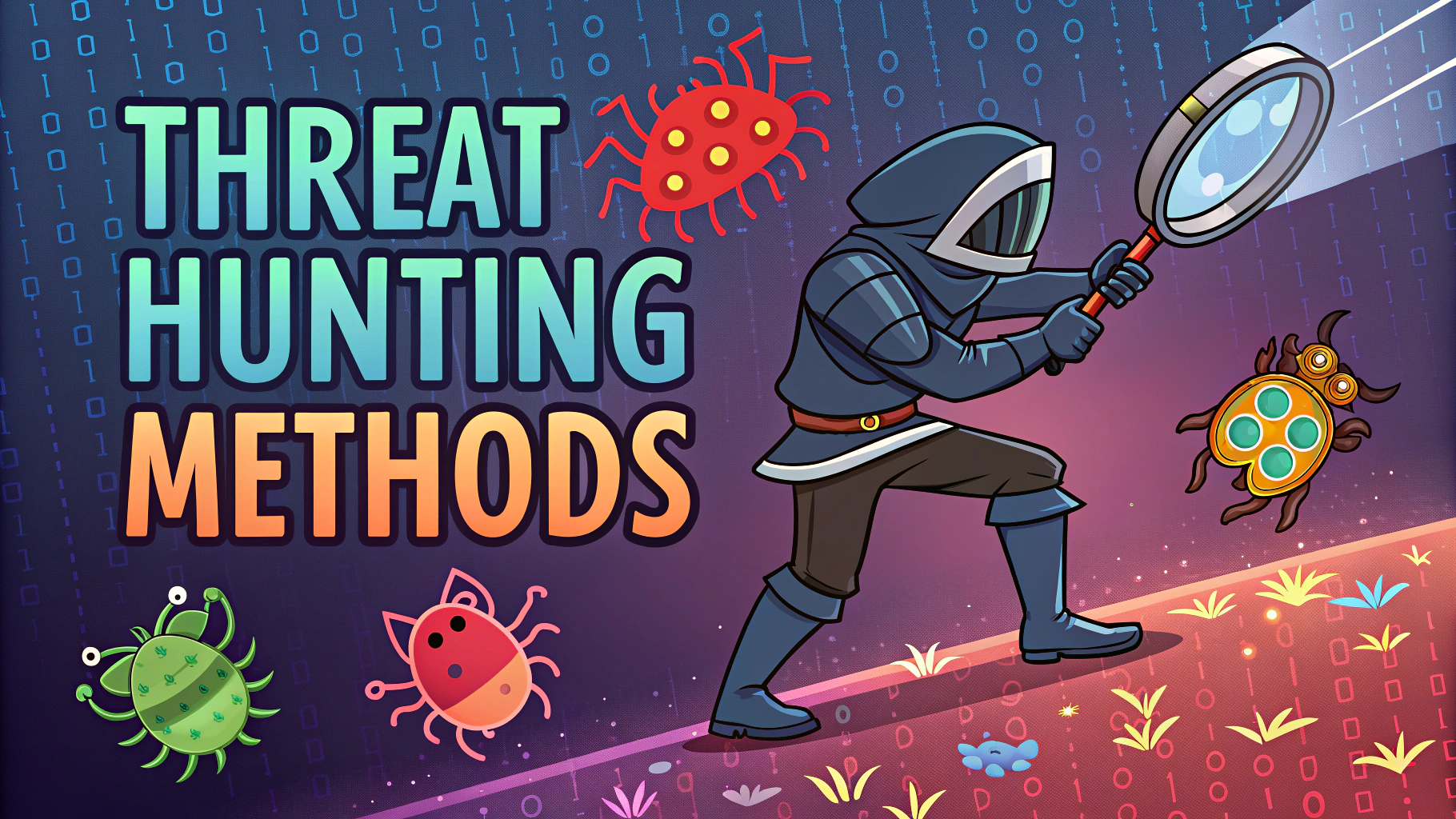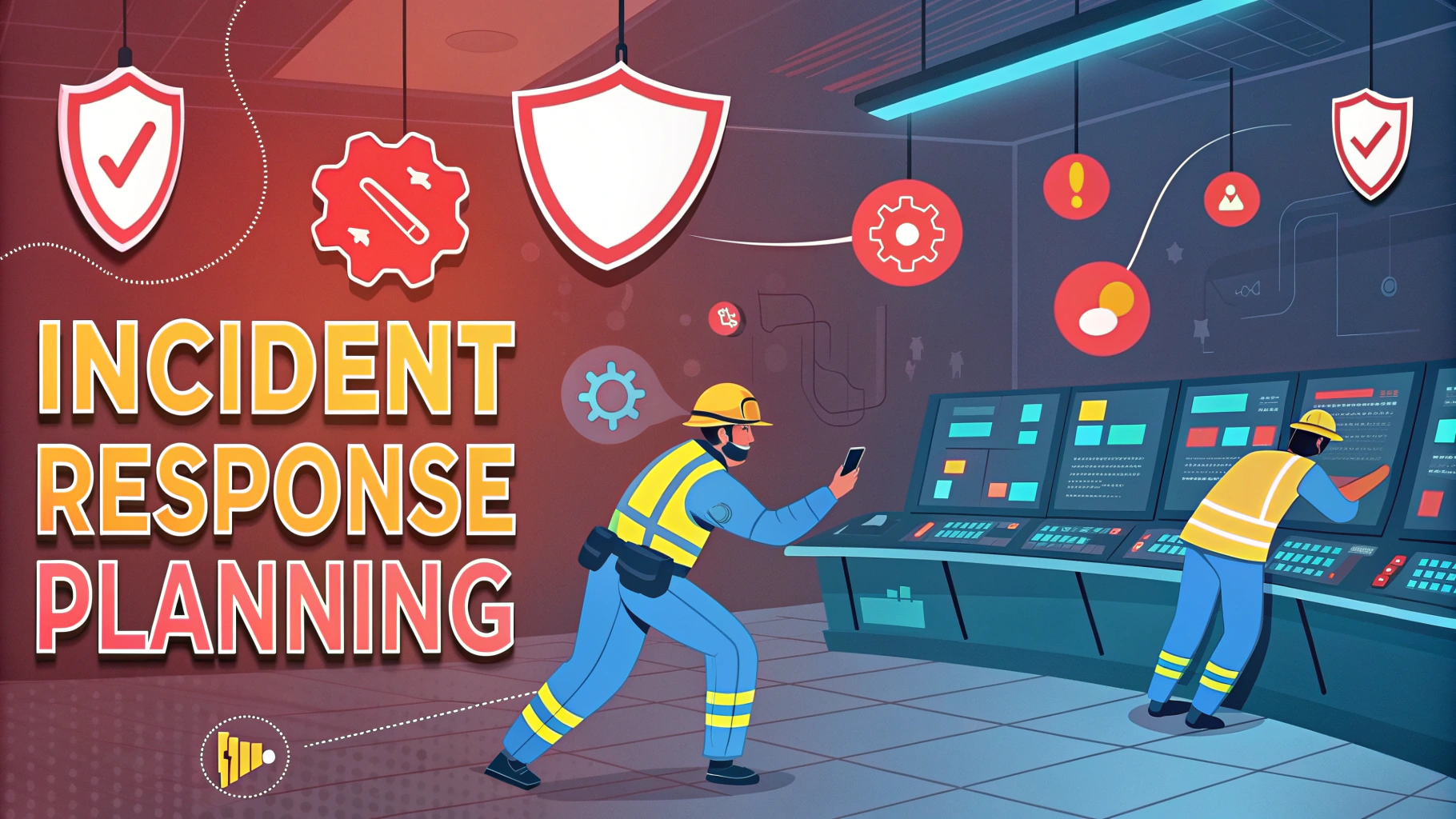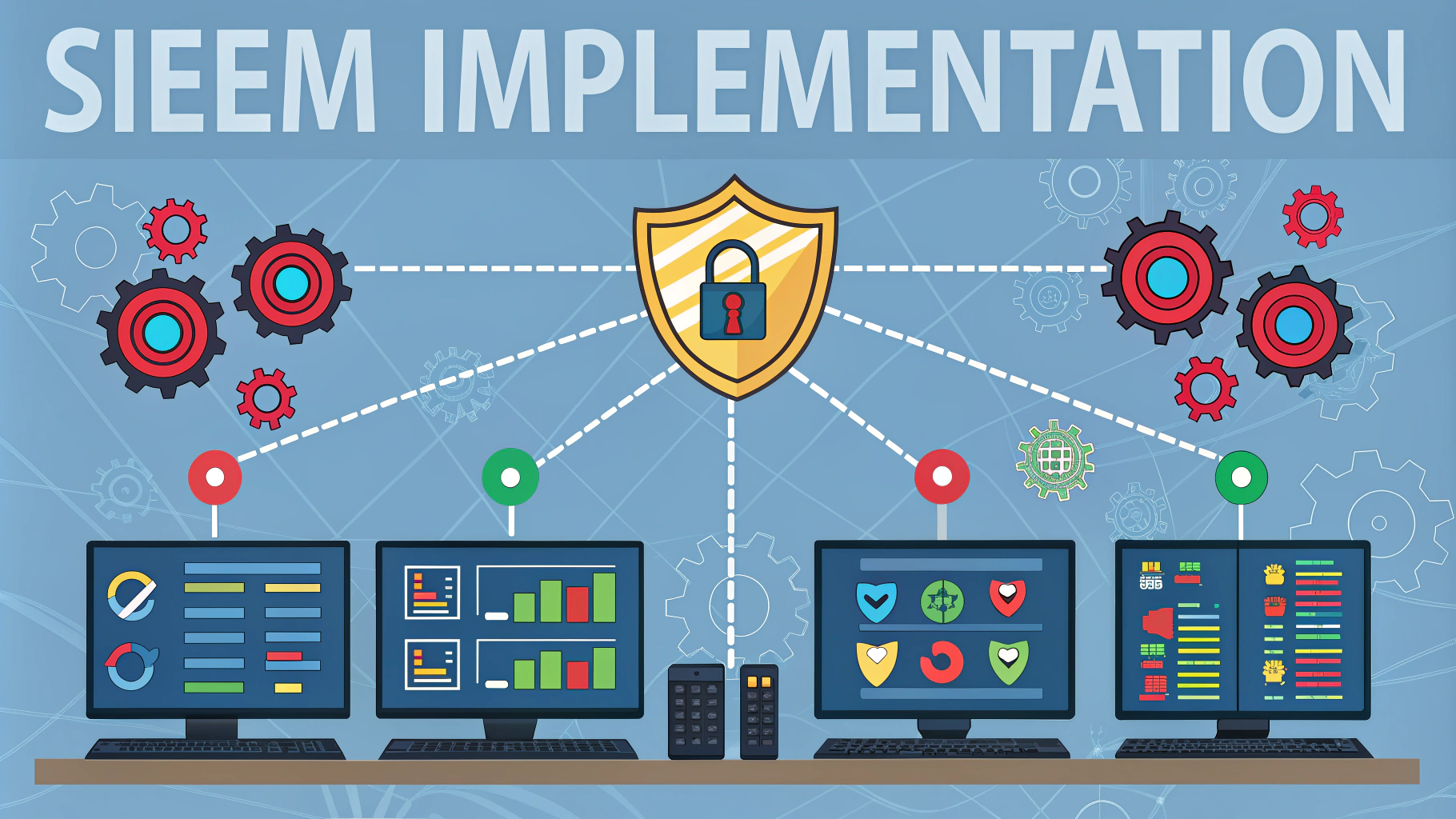Web application penetration testing identifies security vulnerabilities before malicious hackers can exploit them.
A thorough pentest report documents findings, risks, and remediation steps to help organizations protect their web applications against attacks.
This guide explores key components of web application pentest reports and best practices for effective vulnerability documentation.
Essential Components of a Web Application Pentest Report
- Executive Summary
- Testing Methodology
- Vulnerability Findings
- Risk Assessment
- Remediation Recommendations
- Technical Details
Executive Summary Structure
The executive summary provides a high-level overview of testing scope, key findings, and risk levels.
- Testing dates and duration
- Applications and systems tested
- Number of vulnerabilities by severity
- Overall security posture assessment
- Key recommendations
Documenting Testing Methodology
- Tools used (Burp Suite, OWASP ZAP, Nmap)
- Testing approaches (manual vs automated)
- Standards followed (OWASP Top 10, SANS)
- Testing environment details
- Scope limitations
Vulnerability Documentation Format
Each vulnerability finding should follow this structure:
- Title: Clear description of the vulnerability
- Severity: Critical, High, Medium, or Low
- Location: Affected URLs/endpoints
- Description: Technical explanation
- Proof of Concept: Steps to reproduce
- Impact: Potential consequences
- Remediation: Fix recommendations
Risk Assessment Matrix
| Severity | Impact | Likelihood |
|---|---|---|
| Critical | System compromise | High probability |
| High | Data breach | Moderate probability |
| Medium | Limited access | Low probability |
| Low | Minor impact | Unlikely |
Effective Remediation Guidelines
- Prioritize fixes based on risk levels
- Provide clear technical steps
- Include code examples where applicable
- Reference industry best practices
- Suggest compensating controls
Report Distribution Best Practices
- Use encrypted communication channels
- Implement need-to-know access controls
- Version control documentation
- Track remediation progress
Next Steps for Security Improvement
Schedule regular pentests to maintain security posture and identify new vulnerabilities.
Implement a continuous security testing program using tools like Burp Suite or OWASP ZAP.
For professional pentesting services, contact recognized security firms like HackerOne or Bugcrowd.
Compliance and Standards Integration
- Map findings to regulatory requirements
- Reference OWASP, NIST, and ISO standards
- Document compliance gaps
- Include audit-ready evidence
Report Visualization Elements
- Security posture graphs
- Vulnerability trend analysis
- Risk distribution charts
- Remediation progress tracking
Sample Metrics to Include
- Total vulnerabilities by category
- Time-to-fix averages
- Historical security trends
- Risk reduction measurements
Quality Assurance Measures
- Peer review of findings
- Technical accuracy verification
- Clear writing standards
- Evidence validation
Strengthening Web Application Security
Regular penetration testing reports serve as strategic tools for maintaining robust web application security. Organizations should:
- Establish continuous testing processes
- Maintain detailed vulnerability documentation
- Track remediation effectiveness
- Update security policies based on findings
- Foster a proactive security culture
Remember to keep pentest reports confidential and use them as living documents to guide ongoing security improvements.
FAQs
- What is Web Application Penetration Testing?
Web Application Penetration Testing is a security assessment method where ethical hackers simulate cyber attacks to identify vulnerabilities, security weaknesses, and potential entry points in web applications. - What are the main phases of a Web Application Pentest?
The main phases include reconnaissance, scanning, vulnerability assessment, exploitation, post-exploitation, and reporting with remediation recommendations. - Which tools are commonly used in Web Application Pentesting?
Common tools include Burp Suite, OWASP ZAP, Nmap, Metasploit, SQLMap, Nikto, Acunetix, and various browser developer tools. - What are the most critical vulnerabilities testers look for?
Testers primarily focus on OWASP Top 10 vulnerabilities including SQL injection, Cross-Site Scripting (XSS), Broken Authentication, Sensitive Data Exposure, and Security Misconfigurations. - How long does a typical Web Application Pentest take?
A thorough web application pentest typically takes 1-3 weeks, depending on the application’s size, complexity, and scope of testing. - What should be included in a Web Application Pentest Report?
The report should include an executive summary, methodology, findings with severity ratings, proof of concepts, technical details, and remediation recommendations. - How often should organizations conduct Web Application Pentests?
Organizations should conduct pentests at least annually, after major application changes, or when implementing new features or functionality. - What’s the difference between automated and manual pentesting?
Automated testing uses tools to quickly identify common vulnerabilities, while manual testing involves human expertise to find complex, logic-based vulnerabilities that automated tools might miss. - What certifications are valuable for Web Application Penetration Testing?
Valuable certifications include OSCP, CEH, GWAPT, GPEN, and Web Application Penetration Tester (eWPT). - What’s the difference between black box, gray box, and white box testing?
Black box testing involves no prior knowledge of the system, gray box provides partial knowledge, and white box testing gives complete access to system architecture and source code.








